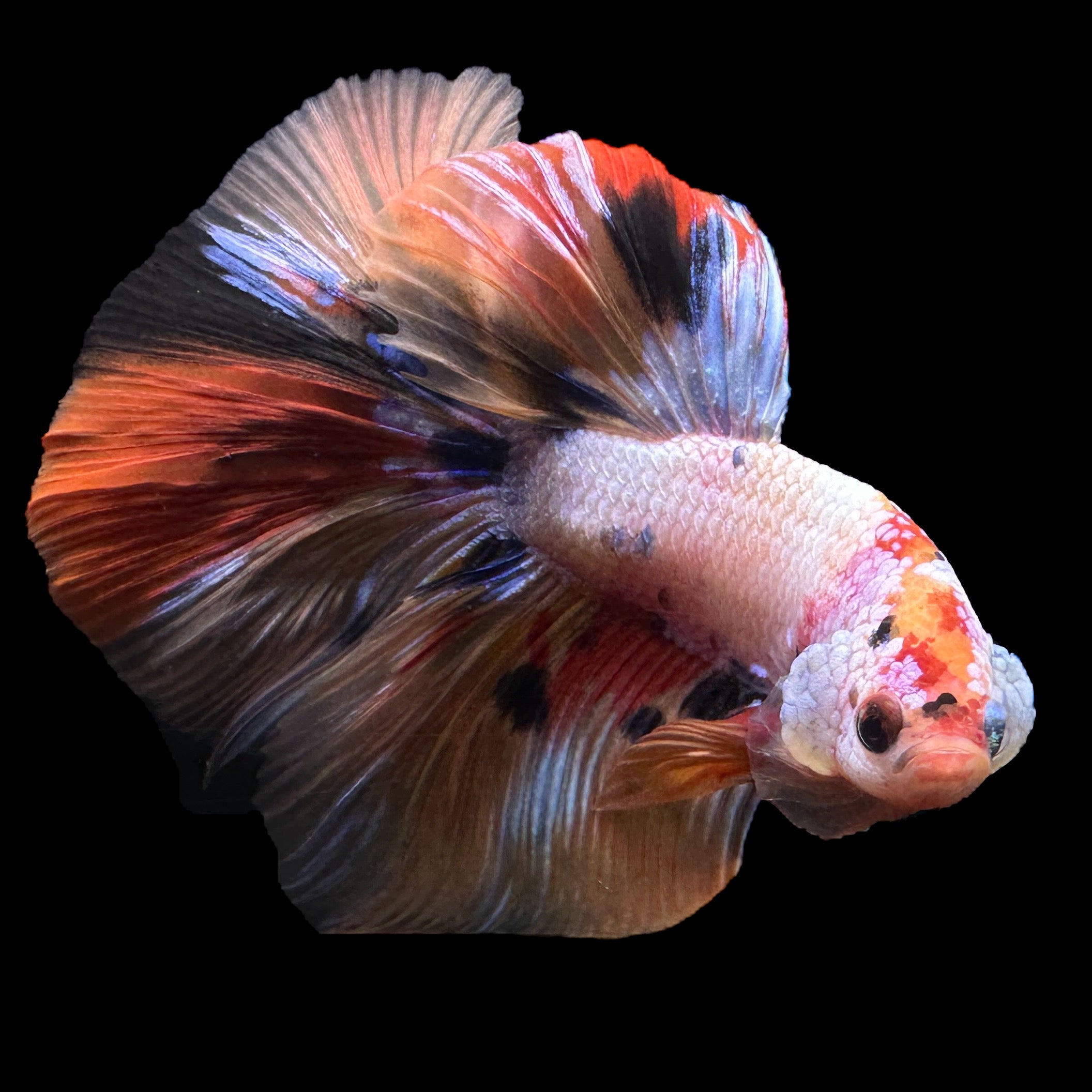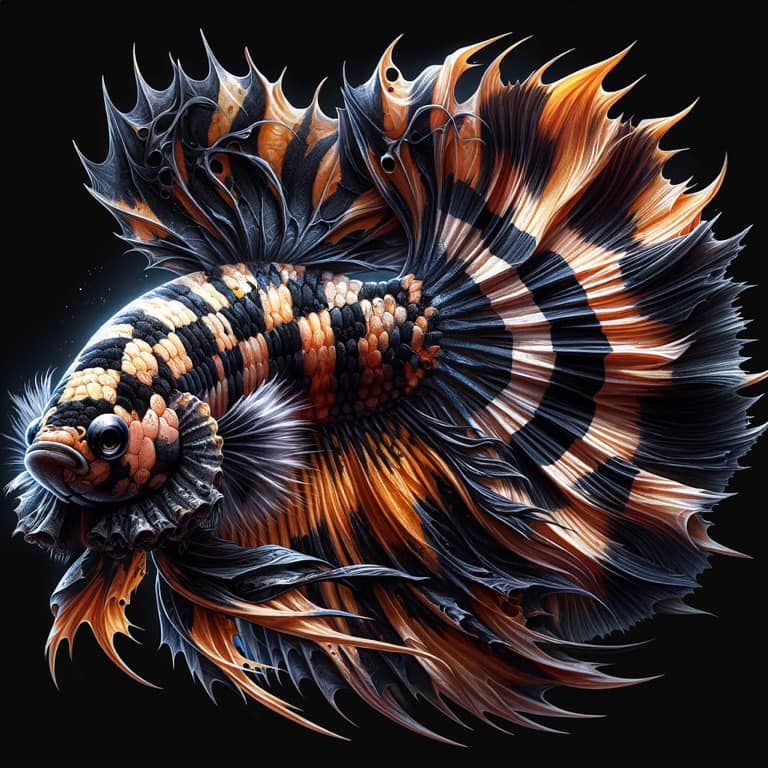Betta Fish Tank Arrangement: A Step-by-Step Overview for Beginners
Betta Fish Tank Arrangement: A Step-by-Step Overview for Beginners
Blog Article
Breeding Betta Fish: a Comprehensive Step-By-Step Overview to Efficiently Raising Infant Bettas From Eggs to Adulthood
Reproducing Betta fish is a precise undertaking that needs mindful planning and implementation to guarantee the effective development of fry from eggs to grow fish. Choosing genetically diverse reproduction sets with preferable attributes is just the beginning; developing an optimal environment and recognizing the intricacies of the breeding procedure are just as essential. As the male Betta carefully constructs a bubble nest and guards the priceless eggs, the subsequent stages of care and shift need focus to detail and understanding of finest techniques. Just how does one navigate the difficult yet satisfying course of supporting these dynamic animals to the adult years?

Selecting Breeding Pairs
When getting started on the trip of breeding Betta fish, choosing the right breeding pairs is vital to achieving desirable qualities and a healthy and balanced lineage - betta fish. The first action in this procedure is to identify the details attributes you want to enhance or maintain, such as shade, fin type, and physique. It is crucial to pick genetically varied pairs to prevent inbreeding, which can result in health problems and unwanted qualities
Assess prospective reproducing candidates carefully. A healthy and balanced male Betta ought to show dynamic shades, an energetic temperament, and well-formed fins, while the woman needs to also show vivid coloration and a rounded stomach, indicating readiness for spawning. Observing the personality of both fish is important, as hostile or extremely shy people may not breed efficiently.
Maintaining documents of the moms and dad fish's origins can aid you track hereditary traits and potential issues. Ultimately, investing time in the choice process will considerably improve the probability of generating solid, vivid spawn that meet your reproduction objectives.

Preparing the Breeding Tank
Developing an optimum reproduction atmosphere is an essential step after picking appropriate pairs for Betta fish. The breeding tank should be especially made to supply comfort and stimulate the natural reproduction actions of the fish. Start with a tank dimension of a minimum of 10 gallons to make sure sufficient space for both the male and women Bettas.
Preserve a gentle filtration system to maintain the water tidy while preventing strong currents that can emphasize the fish. Furthermore, an air stone can be included in give oxygenation without interfering with the water surface area as well a lot.
Temperature law is vital; go for a steady series of 78-82 ° F(25-28 ° C) utilizing a dependable heating system. The pH level must be maintained between 6.5 and 7.5, and regular water adjustments are required to make certain high water top quality.
Integrate drifting plants or generating sponges to create hiding areas for the lady, while also encouraging bubble nest building by the male - betta fish. Make sure the tank is totally free from sharp designs and any kind of possible hazards, as the welfare of the fish should always be prioritized during this crucial phase of breeding.
The Breeding Process
Usually, the reproducing process for Betta fish includes a series of distinct and observable behaviors that indicate readiness for reproduction. The male Betta begins by building a bubble nest at the water's surface, which acts as a site for the fertilized eggs. This nest is essential, as it offers a risk-free atmosphere for the eggs till they hatch out.
As soon as the nest is developed, the man will certainly present courtship actions, such as flaring his fins and displaying dynamic shades to draw in the lady. The female, upon noticing the man's readiness, will react by displaying upright stripes along her body, signaling her receptiveness.
When the women approaches, the male engages in a breeding dancing, frequently leading to a welcome referred to as the "spawning." Throughout this accept, the female launches her eggs, which the male fertilizes promptly. The fed eggs then are up to the bubble nest, where the male meticulously accumulates and returns them to the nest. Following this, the male presumes responsibility for securing the nest and making sure the safety and security of the eggs till they hatch out, commonly within 24-36 hours. This phase is crucial in the reproducing process, laying this contact form the structure for successful fry development.
Taking Care Of Betta Fry
Caring for Betta fry needs mindful interest to their setting and nutrition to ensure healthy and balanced growth and growth. After hatching, Betta fry are extremely tiny and susceptible, necessitating a steady and clean environment. Maintaining a water temperature level between 78 ° F and 80 ° F is essential, as Betta fry grow in cozy conditions. Furthermore, guarantee that the water is without damaging contaminants; normal water modifications of 10-20% are recommended to keep ideal water high quality.
Feeding Betta fry is equally essential. At first, they must be supplied infusoria or carefully smashed high-quality fry food, as their mouths are too small to deal with bigger bits. As they expand, you can progressively present bigger foods, such as infant brine shrimp or powdered flakes, to ensure they receive sufficient nutrition. Feed them small amounts several times a day, being careful not to overfeed, which can lead to water quality issues.
Transitioning to Grownup Bettas
As Betta fry fully grown, transitioning them to grown-up Bettas is an important stage that calls for careful management of their environment and social communications. This procedure usually begins when the fry get to around 6 weeks old, at which point they can be gradually introduced to an extra structured living environment.
To facilitate this shift, it is necessary to make sure that the water specifications-- such as temperature, pH, and ammonia levels-- are ideal and steady. Adult Betta fish prosper in cozy water (around 78-80 ° F) with a pH of 6.5 to 7.5. Slowly adjust the Your Domain Name fry to these conditions to reduce stress and anxiety.
Social interactions are an additional essential factor; man Bettas are notoriously territorial and hostile. It is recommended to different males into specific storage tanks as they grow. Female Bettas can be housed with each other, but treatment ought to be required to keep track of for indicators of hostility.
In addition, dietary adjustments should be made as the fry expand. Include top quality pellets and live foods to sustain their growth and health and wellness. By managing these over at this website variables efficiently, you can promote an effective transition to adulthood for your Betta fish.

Final Thought
Effective breeding of Betta fish requires mindful interest to detail throughout the whole procedure, from selecting genetically diverse pairs to giving optimum treatment for fry. Furthermore, a balanced diet regimen and progressive adaptation to grown-up environments are essential for the development and growth of Betta fish.
Report this page